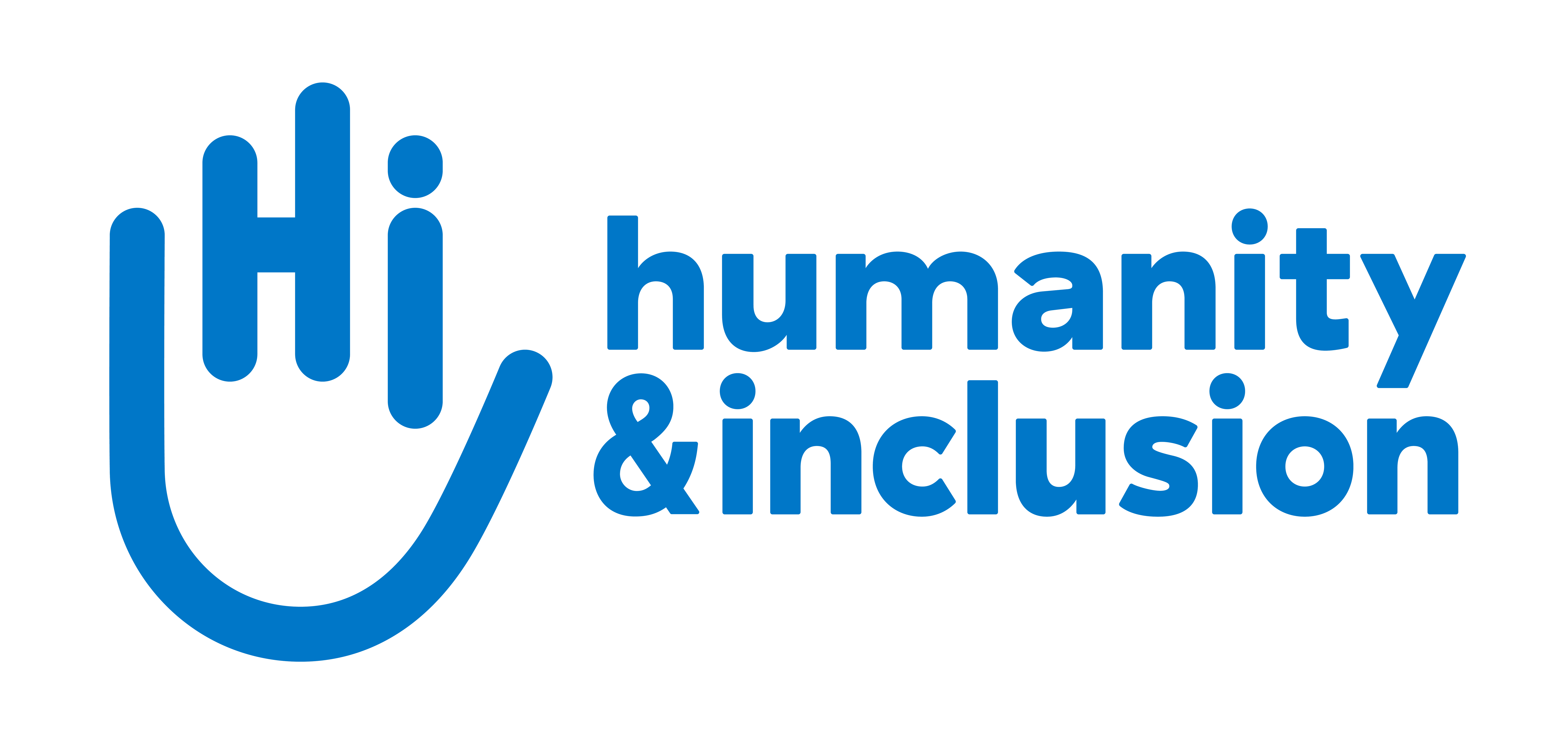Education: a superpower to reduce inequality and build a better future
Around 240 million children globally have disabilities, and many are denied schooling. The solution to this injustice? Inclusive education!

Daïsane, born with clubfoot, is enrolled in an inclusive school in Lemba, DRC. | © T. Freteur / HI
Education is a human right
Education raises people out of poverty, levels inequality and shapes the citizens of tomorrow. It is a fundamental right recognised by international instruments, including the Universal Declaration of Human Rights and the Convention on the Rights of the Child.
Yet, millions of children are still deprived of an education. As many as 258 million children, youth, and adolescents were out of school in 2020. Children with disabilities are particularly disadvantaged, with significantly lower school enrollment rates than 1their peers without disabilities . Consequently, in low- and middle-income countries, one in two children with disabilities 2do not go to school.
Other exclusion factors, such as gender, language and ethnic origin, can add to the difficulties experienced by people with disabilities. Inclusive education offers a solution to these problems.
What is inclusive education?
Inclusive education recognises that each student learns differently and has unique strengths. It gives children with and without disabilities the opportunity to learn together in the same classroom, with a teaching environment and materials adapted to the needs of all learners.
It means educating all children together in the same school rather than teaching children with disabilities in separate, segregated facilities. Rather than expecting children with disabilities to fit in, for inclusion to work, the school environment must be adapted and barriers removed, one by one.
Removing the barriers to education
Some children face physical barriers, including problems travelling to school or accessing and moving around the classroom. Improving access, such as adding ramps or lifts for wheelchair users, removes these barriers.
The learning environment is another potential barrier. Inappropriate resources or unsuitable conditions can limit the speed at which children with disabilities learn compared to their peers. This is why it is essential to adapt resources to each child’s needs, such as adequate lighting, Braille textbooks for visually impaired students, and sign language classes.
The success of these initiatives depends on providing education teams with support and teacher training to help every child reach their full potential.
Children with disabilities are also often victims of discriminatory beliefs and practices. Therefore, students, teachers, parents and the wider community should be educated on the positive long-term impacts of inclusion.
Who benefits?
The good news is that everyone benefits. Children with disabilities who attend school are more likely to be employed as adults and become financially independent, benefiting society as a whole. As active members of the community, they contribute their unique knowledge, skills and perspectives.
All students benefit from an adapted environment and diverse teaching methods, ensuring everyone’s needs are met. The shared experience of inclusive education fosters acceptance and diversity, reduces fear and prejudice, and lays the foundations of a fairer, more open society.
Inclusive education: a core focus of HI’s work
HI is committed to strengthening inclusive education in the countries where it works by assisting children with disabilities and raising community awareness. We aim to change practices and habits to make them more inclusive. In 2023, HI:
• implemented 60 projects related to inclusive education, including 31 dedicated initiatives
• in 27 countries
• assisted more than 280,000 people - parents, children, teachers and communities - around the world
1 Unicef Report "Seen, counted and included"
2 UNESCO (2016). "Global Education Monitoring Report"





